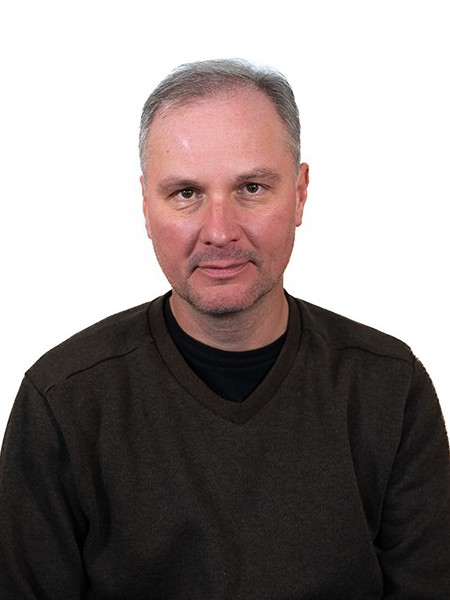abstract
One-dimensional Haldane gap materials, such as the rare earth barium chain nickelates, have received great interest due to their vibrant one-dimensional spin antiferromagnetic character and unique structure. Herein we report how these ID structural features can also be highly beneficial for thermoelectric applications by analysis of the system CaxBaGd(2-x)NiO(5) 0 <= x <= 0.25. Attractive Seebeck coefficients of 140-280 mu V K-1 at 350-1300 K are retained even at high acceptor -substitution levels, provided by the interplay of low dimensionality and electronic correlations. Furthermore, the highly anisotropic crystal structure of Haldane gap materials allows very low thermal conductivities, reaching only 1.5 W m(-1) K-1 at temperatures above 1000 K, one of the lowest values currently documented for prospective oxide therrnoelectrics. Although calcium substitution in BaGd2NiO5 increases the electrical conductivity up to 5-6 S cm(-1) at 1150 K < T < 1300 K, this level remains insufficient for thermoelectric applications. Hence, the combination of highly promising Seebeck coefficients and low thermal conductivities offered by this 1D material type underscores a potential new structure type for thermoelectric materials, where the Main challenge will be to engineer the electronic band structure and, probably, microstructural features to further enhance the mobility of the charge carriers.
keywords
DEFICIENT SRTIO3 CERAMICS; CRYSTAL-STRUCTURE; POWER-GENERATION; HIGH-FIGURE; THIN-FILMS; R2BANIO5 R; CA3CO4O9; OXIDES; CHAIN; SPECTROSCOPY
subject category
Chemistry
authors
Nasani, N; Rocha, CMO; Kovalevsky, AV; Irurueta, GO; Populoh, S; Thiel, P; Weidenkaff, A; da Silva, FN; Fagg, DP
our authors
acknowledgements
This research work was supported by the FCT, Project PTDC/CTM-ENE 6319 2014, CICECO-Aveiro Institute of Materials UID/CTM/50011/2013, the FCT Investigator Programme, Projects IF/01344/2014/CP1222/CT0001 and IF/00302/2012, QREN, FEDER and COMPETE Portugal, and the European Union. The work was co- funded through the Sinergia Programme of the Swiss National Science Foundation (SNF) Division II (Grant CRSII2_136299/1-Thermoelectric oxides TEO).



